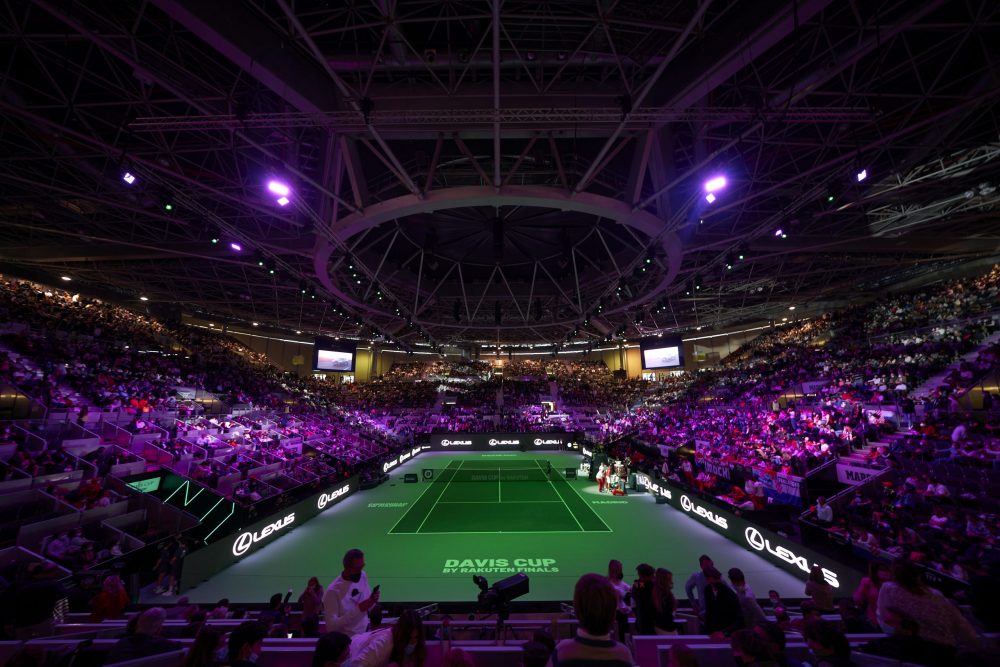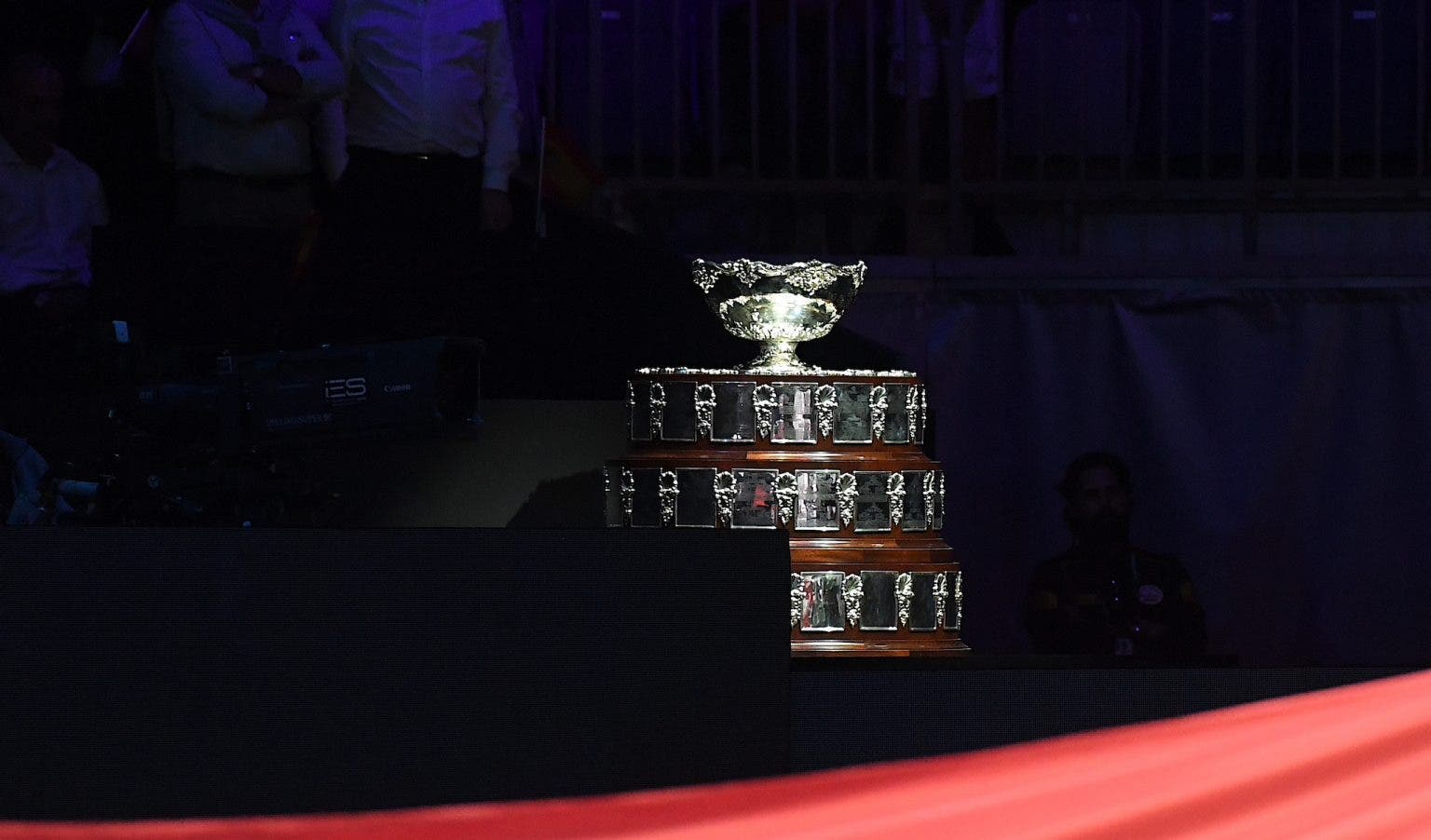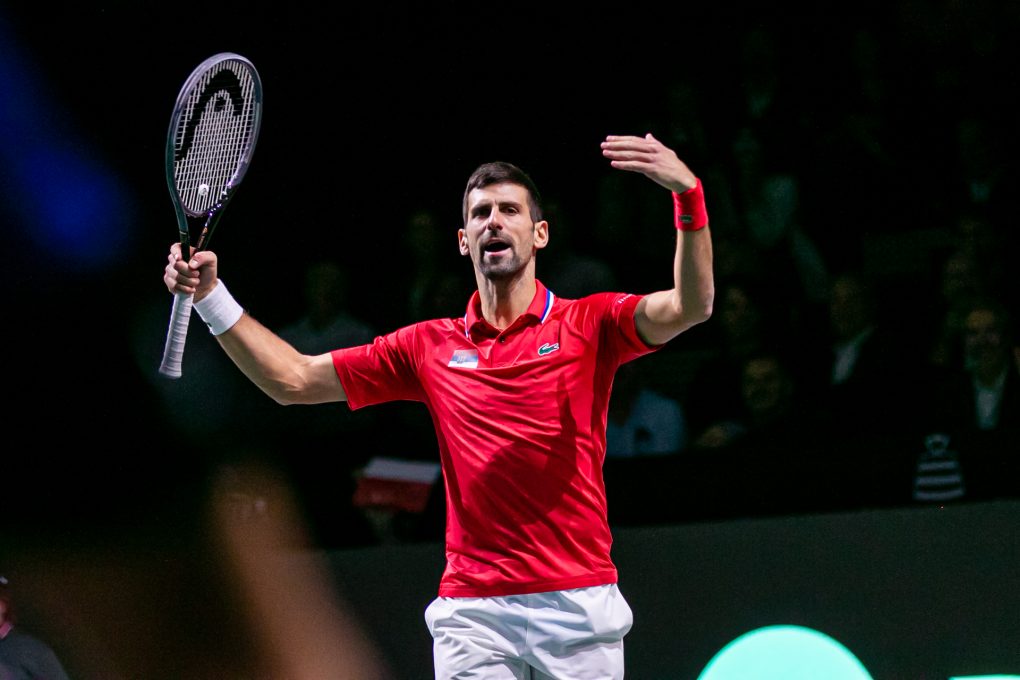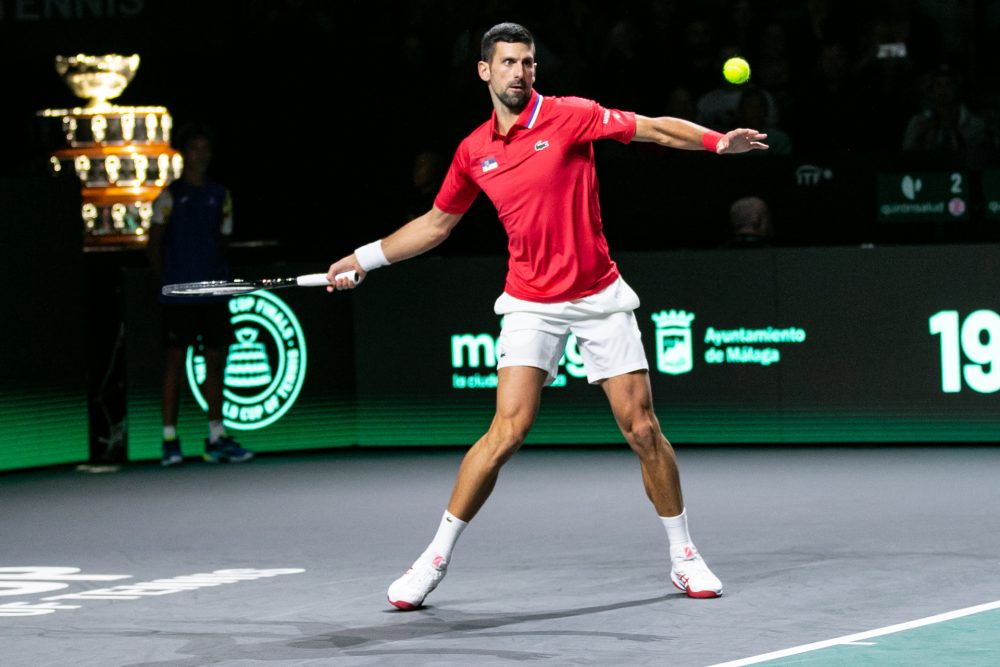By Federico Bertelli
The tennis season is blasting its last fireworks. After the Next Gen Finals, the ATP finals in Turin have been grabbing the headlines. However, the focus switches to the Final 8 of Davis Cup which will be starting on November 22nd in Malaga.
Just a few months ago Ubitennis had a chat with Alberto Costa, Tournament Director of the Davis Cup. Now, we have had an exclusive interview with Enric Rojas, CEO of Kosmos Tennis. The Organization was founded by Gerard Piqué who acquired Davis Cup rights from the ITF in 2018. We look into the present and future perspectives of the Davis Cup, as well as the newly created partnership between ATP, ITF and Kosmos.
UBITENNIS: First of all, I would like to talk about this news that quite caught everyone by surprise, the partnership between Kosmos, ITF and ATP. What are the scopes, the range and the time horizon of this collaboration?
ROJAS: We have been working on this agreement for several months. It’s going to unite the different actors and establish some cornerstones we will be able to build on. First of all, the fact that the ATP has consolidated and protected the weeks dedicated to Davis Cup (at the beginning of February, mid-September and at the end of November). A strategy that has been agreed on listening to the players as well.
Starting from 2019 the format has undergone several changes to try not to disrupt the plans of the players and to reach the maximum coverage and attendance in the various rounds. Players can plan their season already at the beginning of the year and there are management and promotional synergies that we want to exploit. For example, Kosmos now sells the rights to Davis and ATP does the same with the Finals and the various Masters 1000, so we are trying to figure out the best way we can work together. Personally, I believe that there are certainly possible developments. Important aspects to be taken into account are betting and data as well. We definitely want to talk to ATP and IMG to see which strategies are to be implemented and with whom we are going to implement the vision we will define.
With regard to the OTT (an acronym that stands for over-the-top and that indicates streaming services via IP released from traditional streaming platforms, such as the well-known DAZN, Ed.) it is certainly something we have in mind, but not in the medium term. In some territories, we may think, in the more distant future, about a coexistence between traditional media and direct distribution. But in any case, we are not worried because we do not have uncovered markets and the coverage of the event is already global. At the organizational level, partnering with ATP has meant that on the main board the 6 seats are divided equally: 2 ATP, 2 Kosmos and 2 ITF. However, as we continue with the collaboration, other specific aspects will also be defined. ITF and Kosmos already had a consolidated system, in which we included ATP. The ATP will have its say in many dossiers: for example, if there are calendar changes or different options on the Final 8, the ATP and its players will be able to express their views. Kosmos will maintain leadership on operational and commercial issues.
UBITENNIS: If I understand correctly then the choice of the new venue for the Final 8 of Davis (Malaga has been selected to host the 2023 and 2024 editions) will be shared between the various places and could be in Europe or elsewhere.
ROJAS: Yes, that’s right. At the beginning of 2023, we will start the selection process and it will be open to anyone, so we hope to have as many options as possible to evaluate. Many elements will be involved: the commercial aspect, a sports perspective… and a very important element will be where the Finals will be played. Holding Davis Cup Final 8 in a place close to where the ATP Finals are played is obviously a preferential element.
UBITENNIS: In terms of the impact of the event and attractiveness of rights, how do you consider yourself today? At the level of an ATP Masters 1000? And compared to a Slam how do you position yourself? For instance, the Australian Open sold the rights of the event to Down Under broadcasters alone for about $50 million.
ROJAS: The data are correct; our ambition is to position ourselves approximately at the level of a Grand Slam. The reality, however, is that from all points of view (viewers, sponsors, television rights …) we are around the level of an ATP Masters 1000. As a starting point, it is already a good result from our point of view, but our long-term ambition is to rise even higher.
In our business plan, the goal is sooner or later to reach the prestige of a Slam. And it is essential that the event has the typical Davis Cup atmosphere. I’ll give you some numbers: the first match of the Final 8, Australia Netherlands will have a 70/75% full stadium (which means 6000 spectators: in 2019 in Madrid it was difficult to go beyond 3000 spectators when the Spanish team wasn’t playing). And for a great match like Italy vs USA, which unfortunately is played at 10 am on a weekday, we expect to have at least 7000 spectators, and there will be less than 20% of unsold tickets. Having two months to promote the event has been crucial.
UBITENNIS: Let’s move on to the sports aspects: Davis Cup is scheduled after the US Open and after the indoor tournaments at the end of the season. Does this mean that the September round and the November Finals will always be played on fast surfaces and likely indoors? Is the idea that there could be Davis Finals on clay or grass to be discarded?
ROJAS: This new agreement and calendar allow to have group stages and Finals practically anywhere in the world; in September every option is basically possible: North America after the US Open, Asia before the swing in the East which sooner or later, once COVID is over, will be resumed, or go to Europe where the indoor season begins. For the moment, the group stages and the Final 8 are to be played in the same conditions and on the same surface. We are not obliged to, but our idea is that everything ought to be homogeneous, to provide homogeneous logistics (between the various group stages in September) and scheduling (between the group stage in September and the Final 8 in November). In addition, playing indoors is simpler in terms of organization as it becomes possible to play at any latitude, without hindrance. Moreover, considering that the ATP Finals have been consolidated as an indoor event for several years, maintaining a consistency between Finals and Davis Cup is also an advantage for players, who are known to suffer from surface changes, both technically and physically. To sum up, currently, we have two fixed points: the same surface both for the September group stage and for the Final 8 in November, in indoor conditions. In order not to change the cards on the table with the ATP Finals.
UBITENNIS: Which is the process of deciding the surface? In a recent post-match interview in Vienna Taylor Fritz had complained about the condition of Davis Cup courts, which despite being indoor was very slow. Did you make this choice especially to compensate for the fact that indoor conditions are faster?
ROJAS: No, we have not had this kind of approach. It is true that there have been some comments in this sense, on the courts being slow, but it was not specifically planned. We tried to maintain similar conditions to those in Malaga and Madrid even in September (although there will inevitably be differences since Madrid is at a high altitude whereas Malaga is at sea level, with the sports hall a few hundred meters from the beach, with greater humidity, Ed). The combination of courts and balls impacts the conditions too.
UBITENNIS: We have taken a look to the future: but to conclude, what’s your opinion about this 2022 edition that has seen important innovations? Are you satisfied with how it has gone so far?
ROJAS: Definitely: in the group stage in September we had a total turnout of over 110,000 spectators in the 4 cities, an excellent result; already higher than the total turnout of the Final 8 of 2019 and 2021. And considering how the tickets for the Final 8 are selling, we believe that we can reach a total of over 170,000 total spectators. In the group stage, of course, having a team playing at home is a driving factor. However, this aspect is proving to be less relevant for the Final 8, which means that the event is starting to take off. We have seen from the sales data that among ticket buyers the Dutch are in the lead, followed by Italians and British (obviously many had bet in advance on the qualification of Norrie and his teammates).
Another relevant figure will be that of the television and social media audience after Malaga, but if we compare the 2022 group stage with 2021, we have doubled the attendance, this means that we are heading in the right direction ; I can also give you a further preview: in the week of Malaga, we are going to have a meeting between Kosmos and the federations that organized the group stages to understand what we can improve to generate interest between September and December. Speaking of federations, Italy and Holland gave us a big hand by buying ticket packages for their members and it was a consistent support in terms of sales. Going into detail, to this day more than 55% of tickets have been sold to fans who are outside the Malaga region (outside Andalucia) and 21% will come from outside Spain, another sign that makes us believe that we are on the right track towards a renewed interest of the public.
Translated by Kingsley Elliot Kaye


 Hot Topics3 days ago
Hot Topics3 days ago
 Latest news3 days ago
Latest news3 days ago
 Hot Topics2 days ago
Hot Topics2 days ago
 Hot Topics3 days ago
Hot Topics3 days ago
 Focus2 days ago
Focus2 days ago
 Focus2 days ago
Focus2 days ago
 Focus2 days ago
Focus2 days ago
 Hot Topics2 days ago
Hot Topics2 days ago



























